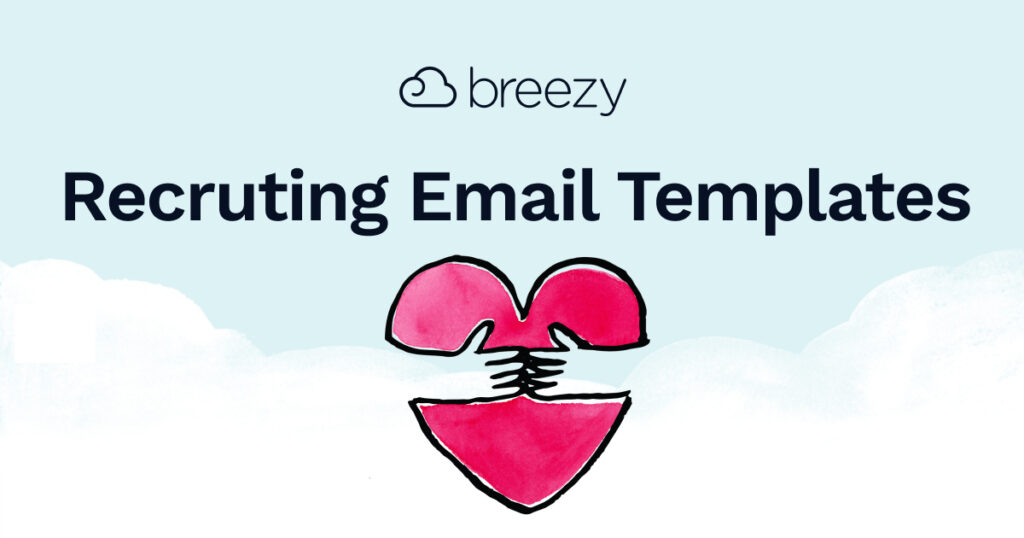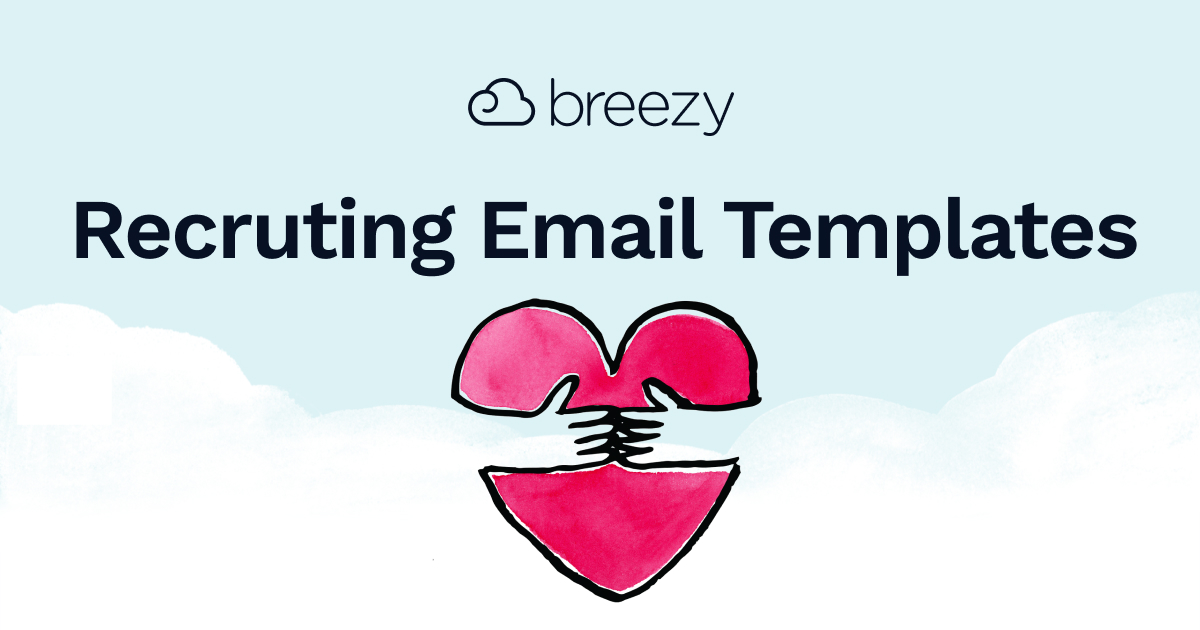
Crafting the Perfect Recruiting Email: Samples and Strategies for Success
In today’s competitive job market, attracting top talent requires more than just a job posting. A well-crafted recruiting email can be the key to piquing a candidate’s interest and initiating a conversation. This article provides a comprehensive guide to writing effective recruiting emails, including practical samples and proven strategies to help you stand out from the crowd. We’ll delve into the nuances of personalization, subject line optimization, and call-to-action effectiveness. Understanding how to write a compelling recruiting email is essential for any modern recruiter aiming to build a strong and talented team. The key to effective recruiting often starts with that initial email.
Why Recruiting Emails Matter
Recruiting emails are often the first point of contact between a company and a potential candidate. They serve as an introduction to your company culture, values, and the specific opportunity you’re offering. A generic, impersonal email is likely to be ignored, while a personalized and engaging message can significantly increase your chances of securing an interview. In essence, a well-written recruiting email sample can be a game-changer.
- Building Employer Brand: Each email contributes to your overall employer brand.
- Reaching Passive Candidates: Many top talents aren’t actively seeking jobs, making email outreach crucial.
- Cost-Effective: Email recruiting is often more cost-effective than other methods like job boards or agencies.
Key Elements of a Successful Recruiting Email
Several key elements contribute to the success of a recruiting email. These include a compelling subject line, a personalized message, a clear value proposition, and a strong call to action. Let’s break down each element in detail.
Compelling Subject Lines
The subject line is the first thing a candidate sees, so it needs to grab their attention. Avoid generic phrases like “Job Opportunity” and instead, opt for something more specific and intriguing. Personalization can also play a role here. For example:
- “[Candidate Name], Exciting Opportunity at [Company Name]!”
- “[Specific Skill] Expertise Needed at [Company Name]”
- “[Company Name] is Impressed by Your Work at [Previous Company]”
A/B testing different subject lines can help you identify what resonates best with your target audience. Remember, the goal is to encourage the candidate to open the email.
Personalized Message
Generic emails are easily identifiable and often end up in the trash. Take the time to research each candidate and tailor your message to their specific skills, experience, and interests. Mention something specific that caught your eye on their resume or LinkedIn profile. This shows that you’ve done your homework and are genuinely interested in them. Showing you did your research is key when crafting a recruiting email sample.
For example:
“I was particularly impressed with your work on [Project Name] at [Previous Company]. Your expertise in [Specific Skill] aligns perfectly with the requirements of this role.”
Clear Value Proposition
Why should a candidate be interested in your company and the role you’re offering? Clearly articulate the value proposition in your email. Highlight the benefits of working for your company, such as career growth opportunities, competitive compensation, a positive work environment, and the chance to make a real impact. Demonstrate how this opportunity benefits them specifically. One key part of a recruiting email is showcasing what the candidate gets out of the deal.
Strong Call to Action
Tell the candidate what you want them to do next. Do you want them to schedule a call, submit their resume, or visit your website? Make it clear and easy for them to take the desired action. Use a clear and concise call to action, such as:
- “Schedule a call to learn more”
- “Submit your resume for consideration”
- “Visit our website to explore our company culture”
Include a direct link to make it as easy as possible for the candidate to respond. The best recruiting email sample will always end with a clear call to action.
Recruiting Email Sample Templates
Here are a few recruiting email sample templates that you can adapt to your specific needs:
Sample Email for Passive Candidates
Subject: [Candidate Name], Exciting Opportunity at [Company Name]!
Dear [Candidate Name],
My name is [Your Name], and I’m a [Your Title] at [Company Name]. I came across your profile on [Platform] and was incredibly impressed with your experience in [Specific Skill/Industry].
At [Company Name], we’re currently seeking a talented [Job Title] to join our team. Your background in [Specific Skill/Industry] seems like a great fit for this role. We are working on [Project Details] and believe your skills would be a great asset.
We offer a competitive salary, comprehensive benefits, and a dynamic work environment where you can truly make a difference. [See also: Company Benefits Overview]
I’d love to schedule a brief call to discuss this opportunity further. Are you available for a quick chat sometime next week?
Thank you for your time and consideration.
Sincerely,
[Your Name]
[Your Title]
[Company Name]
[Contact Information]
Sample Email for Active Candidates
Subject: Application Received: [Job Title] at [Company Name]
Dear [Candidate Name],
Thank you for your interest in the [Job Title] position at [Company Name]. We received your application and are currently reviewing it.
We were particularly impressed with [Specific Skill/Experience mentioned in the application]. Your background in [Relevant Industry] aligns well with our company’s goals.
We will be in touch within [Timeframe] to let you know the next steps in the hiring process. In the meantime, feel free to explore our website to learn more about our company culture and values. [See also: Company Culture Page]
Thank you again for your interest in [Company Name].
Sincerely,
[Your Name]
[Your Title]
[Company Name]
[Contact Information]
Sample Email Following Up After an Interview
Subject: Following Up: [Job Title] Interview
Dear [Candidate Name],
It was a pleasure speaking with you on [Date] regarding the [Job Title] position at [Company Name]. We enjoyed learning more about your experience and skills.
We are currently in the process of interviewing other candidates, and we will be in touch within [Timeframe] to let you know our decision. We are looking for someone with [Key Skills] and appreciate you taking the time to interview with us.
Thank you again for your interest in [Company Name].
Sincerely,
[Your Name]
[Your Title]
[Company Name]
[Contact Information]
Best Practices for Writing Recruiting Emails
To maximize the effectiveness of your recruiting email, consider these best practices:
- Keep it Concise: Respect the candidate’s time and get straight to the point.
- Use a Professional Tone: Maintain a professional and respectful tone throughout the email.
- Proofread Carefully: Errors in grammar and spelling can damage your credibility.
- Mobile-Friendly: Ensure your email is optimized for viewing on mobile devices.
- Track Your Results: Monitor open rates, click-through rates, and response rates to measure the effectiveness of your emails.
Tools and Technologies to Enhance Your Recruiting Email Strategy
Several tools and technologies can help streamline your recruiting email process:
- Applicant Tracking Systems (ATS): Automate email communication and track candidate progress.
- Email Marketing Platforms: Create and manage email campaigns, track results, and personalize messages.
- LinkedIn Recruiter: Identify and connect with potential candidates on LinkedIn.
The Future of Recruiting Emails
As technology evolves, the future of recruiting emails will likely involve even greater personalization and automation. AI-powered tools can help recruiters identify ideal candidates, personalize email messages, and even predict which candidates are most likely to respond. Video emails are also becoming increasingly popular, offering a more engaging and personal way to connect with potential candidates.
Measuring the Success of Your Recruiting Emails
Tracking key metrics is crucial for evaluating the effectiveness of your recruiting email strategy. These metrics include:
- Open Rate: The percentage of recipients who opened your email.
- Click-Through Rate (CTR): The percentage of recipients who clicked on a link in your email.
- Response Rate: The percentage of recipients who responded to your email.
- Conversion Rate: The percentage of recipients who took the desired action (e.g., scheduled a call, submitted their resume).
By analyzing these metrics, you can identify areas for improvement and optimize your email strategy accordingly. A well-crafted recruiting email is a crucial tool for attracting top talent.
Ethical Considerations in Recruiting Emails
It’s important to adhere to ethical guidelines when sending recruiting emails. Avoid making false or misleading claims, respect candidate privacy, and comply with all relevant laws and regulations. Transparency and honesty are essential for building trust and maintaining a positive employer brand. When using a recruiting email sample, make sure it respects the privacy of the recipient.
Conclusion
Crafting effective recruiting emails is an essential skill for any modern recruiter. By focusing on personalization, compelling subject lines, a clear value proposition, and a strong call to action, you can significantly increase your chances of attracting top talent. Remember to track your results, adapt your strategy based on data, and always prioritize ethical considerations. With the right approach, recruiting emails can be a powerful tool for building a strong and talented team. A good recruiting email sample is a great starting point, but remember to customize it to fit your specific needs and the candidate’s profile. Start crafting your perfect recruiting email today! Don’t forget to analyze the recruiting email sample and adjust for your needs.

